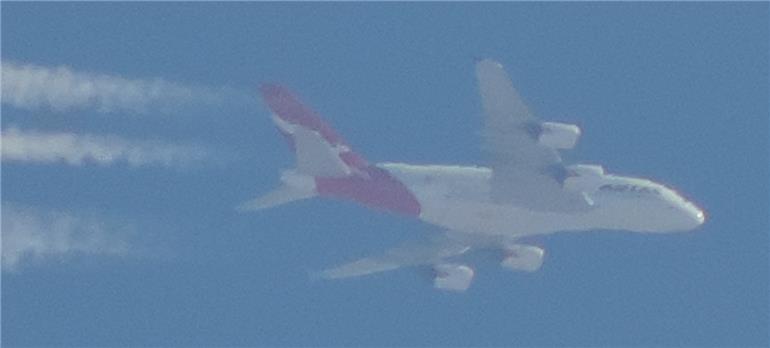While we are well aware of the ionising radiation risk associated with medical X-rays and CT Scans, how many of us give any thought to the ionising radiation risk associated with flying?
Brett Carter, Postdoctoral Researcher in Space Weather and Ionospheric Physics at RMIT University, Melbourne, Australia examines the risk associated with increased radiation exposure to passengers on commercial long-distance flights during so-called “solar radiation storms”:
theconversation.com/are-you...
Flying and CT-scanning might be similar in that you are stuck in a noisy tube wondering how long before it is over, but at least with flying, you might get a window seat and hopefully you have a more exotic destination than your doctor's rooms...
Neil
Photo: It took maximum optical and digital zoom plus several attempts to snap this image of one of Australia's iconic passenger aircraft cruising overhead while keeping it all in frame 
